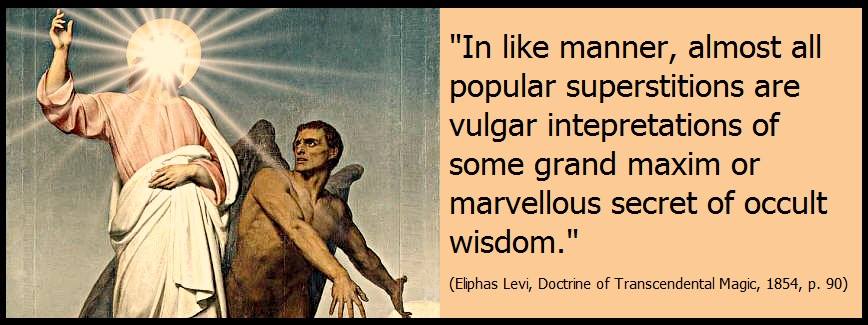The same may be said respecting the Newtonian law of gravitation. Following strictly the Pythagorean doctrine, Plato held that gravitation was not merely a law of the magnetic attraction of lesser bodies to larger ones, but a magnetic repulsion of similars and attraction of dissimilars. “Things brought together,” says he, “contrary to nature, are naturally at war, and repel one another.” This cannot be taken to mean that repulsion occurs of necessity between bodies of dissimilar properties, but simply that when naturally antagonistic bodies are brought together they repel one another. The researches of Bart and Schweigger leave us in little or no doubt that the ancients were well acquainted with the mutual attractions of iron and the lodestone, as well as with the positive and negative properties of electricity, by whatever name they may have called
Page 282
it. The reciprocal magnetic relations of the planetary orbs, which are all magnets, was with them an accepted fact, and aerolites were not only called by them magnetic stones, but used in the Mysteries for purposes to which we now apply the magnet. When, therefore, Professor A. M. Mayer, of the Stevens Institute of Technology, in 1872, told the Yale Scientific Club that the earth is a great magnet, and that “on any sudden agitation of the sun’s surface the magnetism of the earth receives a profound disturbance in its equilibrium, causing fitful tremors in the magnets of our observatories, and producing those grand outbursts of the polar lights, whose lambent flames dance in rhythm to the quivering needle,” he only restated, in good English, what was taught in good Doric untold centuries before the first Christian philosopher saw the light.
The prodigies accomplished by the priests of theurgical magic are so well authenticated, and the evidence — if human testimony is worth anything at all — is so overwhelming, that, rather than confess that the Pagan theurgists far outrivalled the Christians in miracles, Sir David Brewster piously concedes to the former the greatest proficiency in physics, and everything that pertains to natural philosophy. Science finds herself in a very disagreeable dilemma. She must either confess that the ancient physicists were superior in knowledge to her modern representatives, or that there exists something in nature beyond physical science, and that spirit possesses powers of which our philosophers never dreamed.
“The mistake we make in some science we have specially cultivated,” says Bulwer-Lytton, “is often only to be seen by the light of a separate science as especially cultivated by another.”
Nothing can be easier accounted for than the highest possibilities of magic. By the radiant light of the universal magnetic ocean, whose electric waves bind the cosmos together, and in their ceaseless motion penetrate every atom and molecule of the boundless creation, the disciples of mesmerism — howbeit insufficient their various experiments — intuitionally perceive the alpha and omega of the great mystery. Alone, the study of this agent, which is the divine breath, can unlock the secrets of psychology and physiology, of cosmical and spiritual phenomena.
“Magic,” says Psellus, “formed the last part of the sacerdotal science. It investigated the nature, power, and quality of everything sublunary; of the elements and their parts, of animals, all various plants and their fruits, of stones and herbs. In short, it explored the essence and power of everything. From hence, therefore, it produced its effects.
Page 283
And it formed statues (magnetized) which procure health, and made all various figures and things (talismans) which could equally become the instruments of disease as well as of health. Often, too, celestial fire is made to appear through magic, and then statues laugh and lamps are spontaneously enkindled.”
If Galvani’s modern discovery can set in motion the limbs of a dead frog, and force a dead man’s face to express, by the distortion of its features, the most varied emotions, from joy to diabolical rage, despair, and horror, the Pagan priests, unless the combined evidence of the most trustworthy men of antiquity is not to be relied upon, accomplished the still greater wonders of making their stone and metal statues to sweat and laugh. The celestial, pure fire of the Pagan altar was electricity drawn from the astral light. Statues, therefore, if properly prepared, might, without any accusation of superstition, be allowed to have the property of imparting health and disease by contact, as well as any modern galvanic belt, or overcharged battery.

Moe is the founder of GnosticWarrior.com. He is a father, husband, author, martial arts black belt, and an expert in Gnosticism, the occult, and esotericism.

![How one in the province of the Northumbrians, rose from the dead, and related many things which he had seen, some to be greatly dreaded and some to be desired [Circ. 696 A.D.] | Book 5 | Chapter 11 How one in the province of the Northumbrians, rose from the dead, and related many things which he had seen, some to be greatly dreaded and some to be desired [Circ. 696 A.D.] | Book 5 | Chapter 11](https://www.gnosticwarrior.com/wp-content/plugins/contextual-related-posts/default.png)




